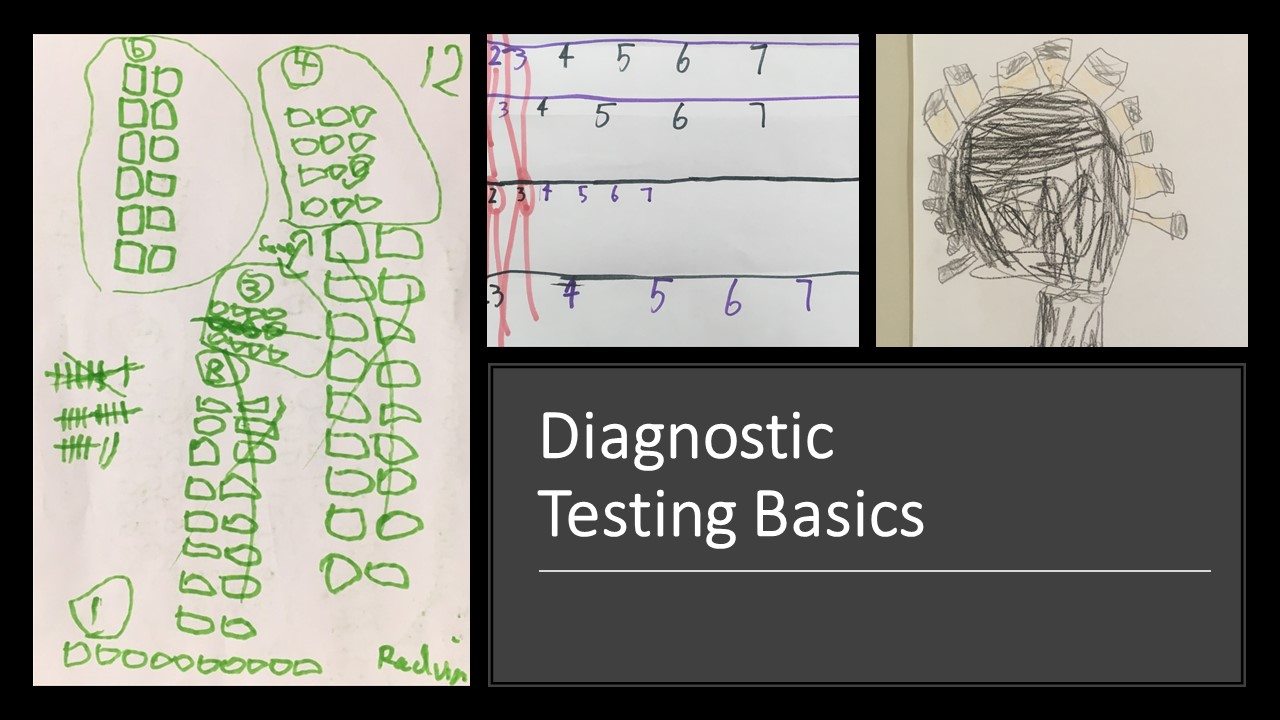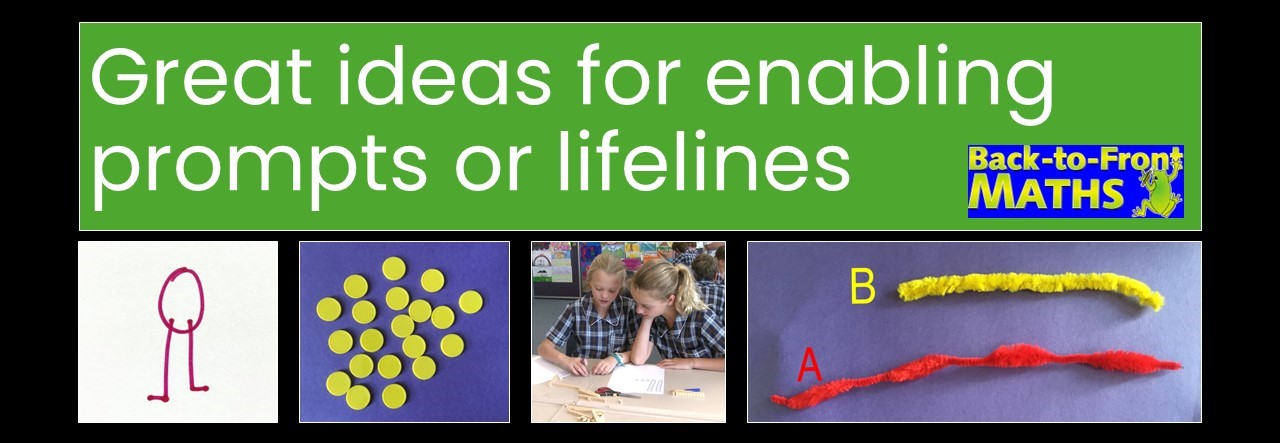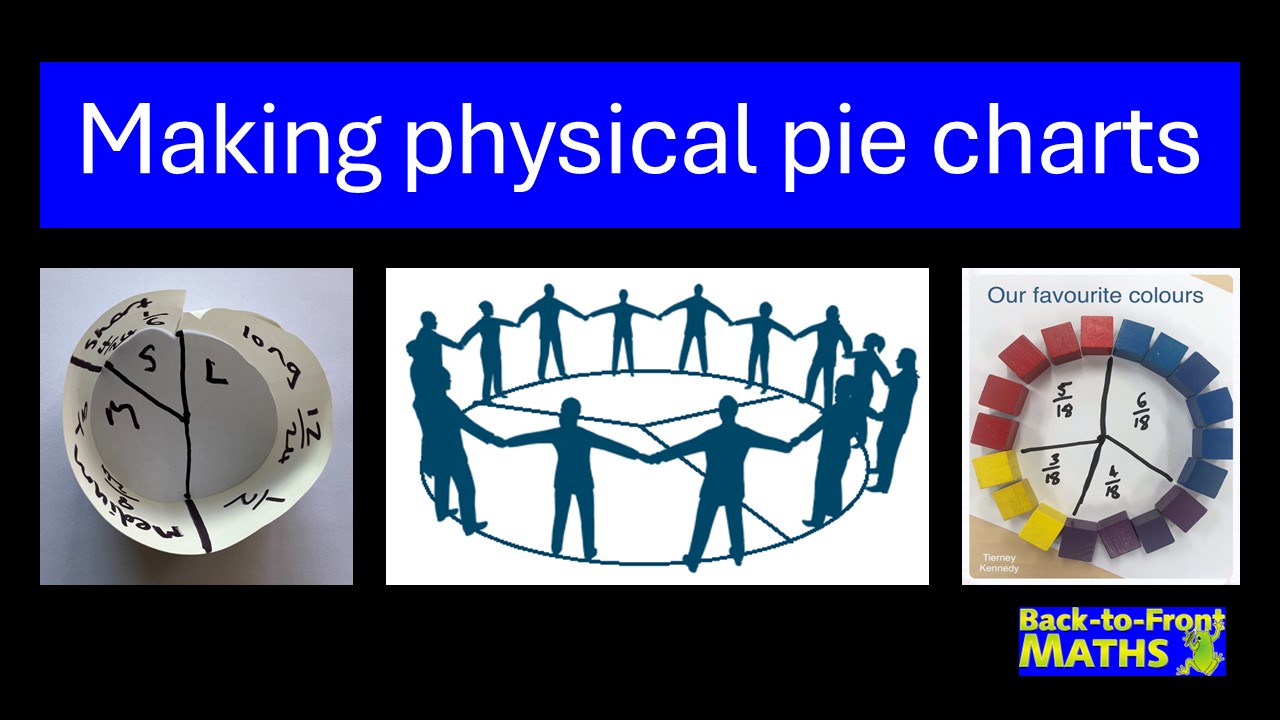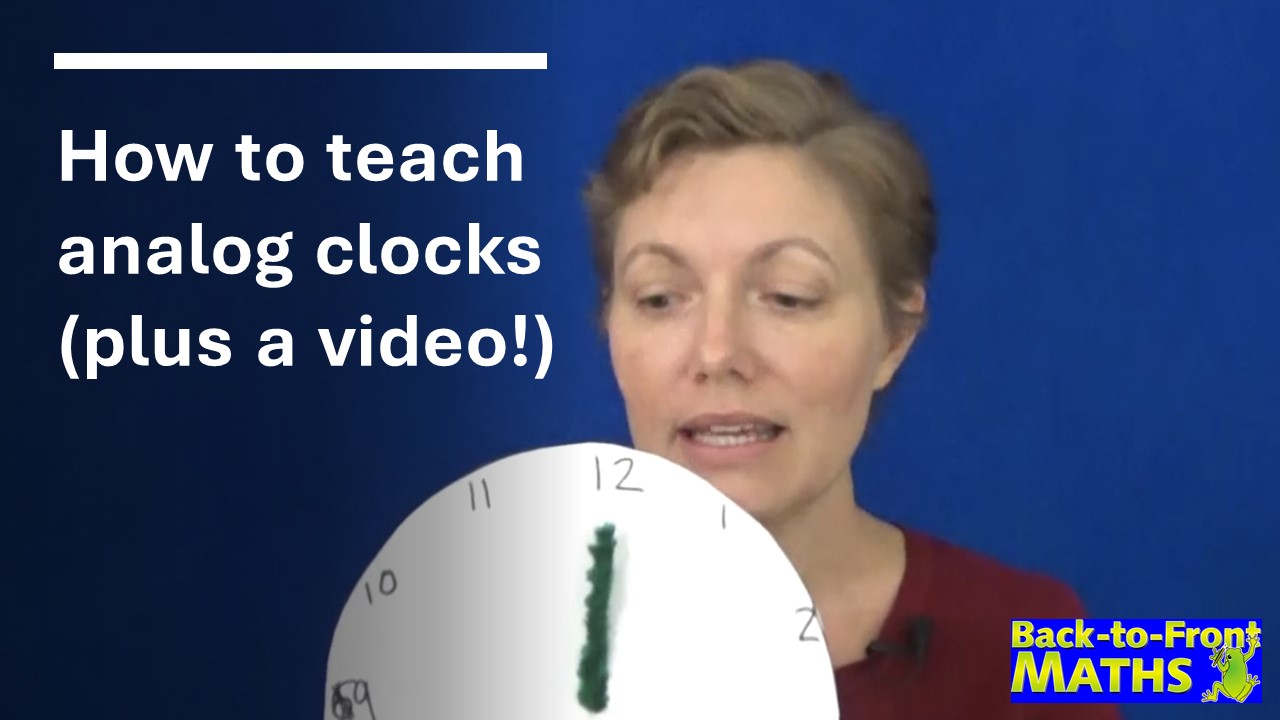
Formative assessment, developmental stages and starting the year well
The goal of formative assessment should always be to find out what each student NEEDS next, rather than focusing
When kids have persistent misconceptions it can be really hard to help them change their minds. Try thinking of teaching like doing a science experiment, where they have to disprove their own hypothesis before they will listen to yours.
Here are a few steps to help:
Ask slightly unusual questions to diagnose a problem, rather than routine questions. Routine questions are about fluency. Questions that look at something a little differently are about understanding.
For free diagnostic testing in key number concepts, click here.
Confront a misconception by trying out a student’s own ideas. Draw their attention to the discrepancy between what they believe and the reality of the situation. We call these “confronting questions”. They are narrow, sharp questions that encourage students to look at the evidence and make a choice between sticking with their own ideas or changing their minds.
Once a student has realised that their idea isn’t logical, lead them to see the connections. Watch out though to make sure that they have really changed their own mind, otherwise it will come back to bite you later.
If you’d like to find out about our highly-commended series for fixing misconceptions in key number concepts, Interventions in Mathematics, click here.
If you’d like to learn more about the theory behind why this works, click here to read a peer-reviewed article by Tierney Kennedy, published as part of the 2015 AAMT conference.
If you’d like to read more about this process in teacher-friendly language, click here to read about finding and fixing misconceptions.
(c) Kennedy Press. Our thanks to students and staff from Bethania Lutheran Primary and Assisi Catholic College who gave permission for these videos.

The goal of formative assessment should always be to find out what each student NEEDS next, rather than focusing
Recently I’ve been pondering findings from a major report into Australian schooling that kids who are struggling in maths by

Enabling prompts or life lines are a fantastic way of helping students who are stuck to get started. They do not reduce

Pie charts are an awesome way of linking statistics, fractions and angles, however they can often be difficult for students

While it may sound counter-intuitive, the easiest way to learn to tell the time is to remove the minute hand
Hundreds charts are great for connecting tens and ones. Why not turn one into a jigsaw puzzle to use in

KENNEDY PRESS PTY LTD
FOR ALL ENQUIRIES, ORDERS AND TO ARRANGE PD:
© COPYRIGHT 2023 KENNEDY PRESS PTY LTD ALL RIGHTS RESERVED TERMS & CONDITIONS